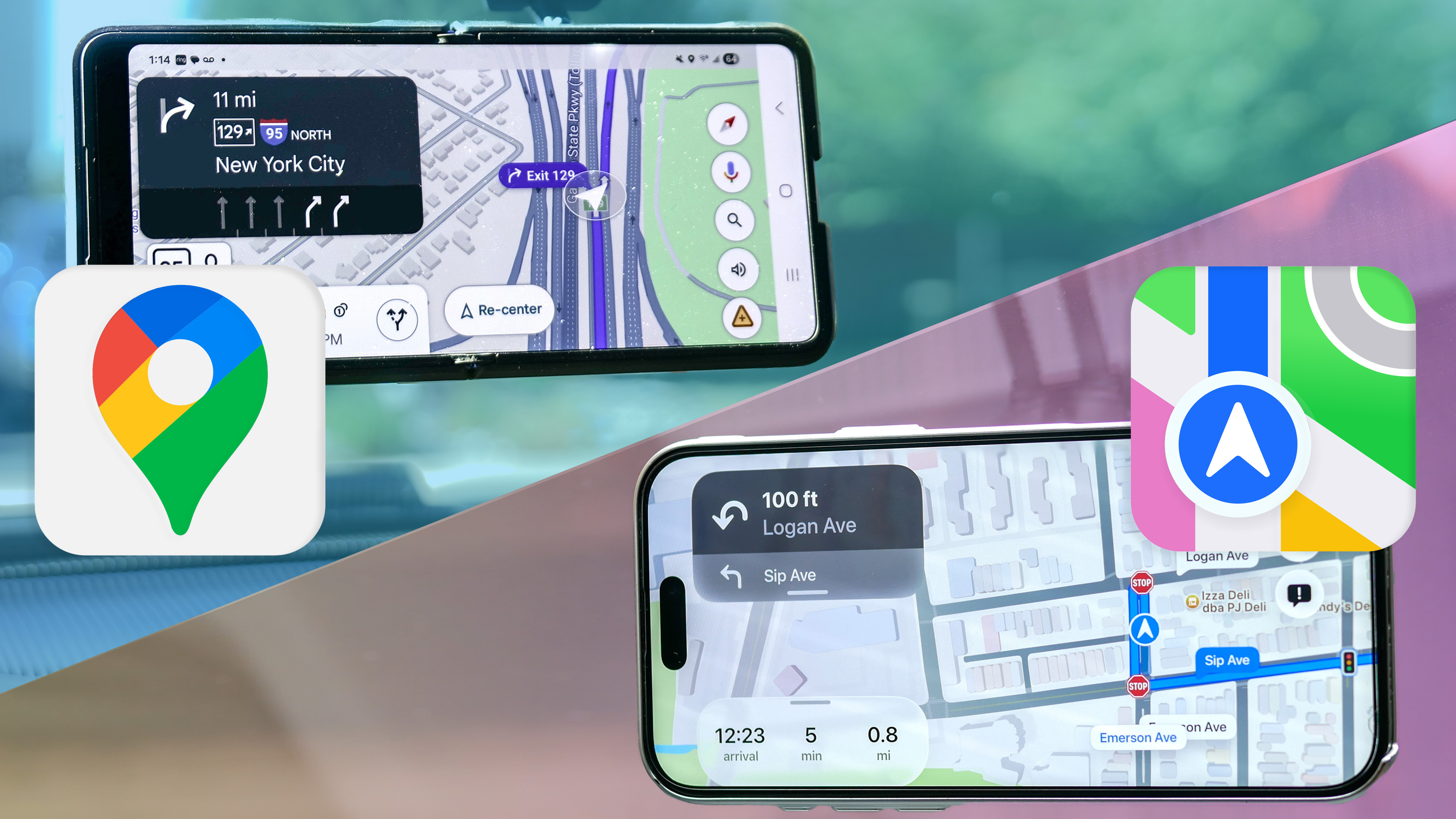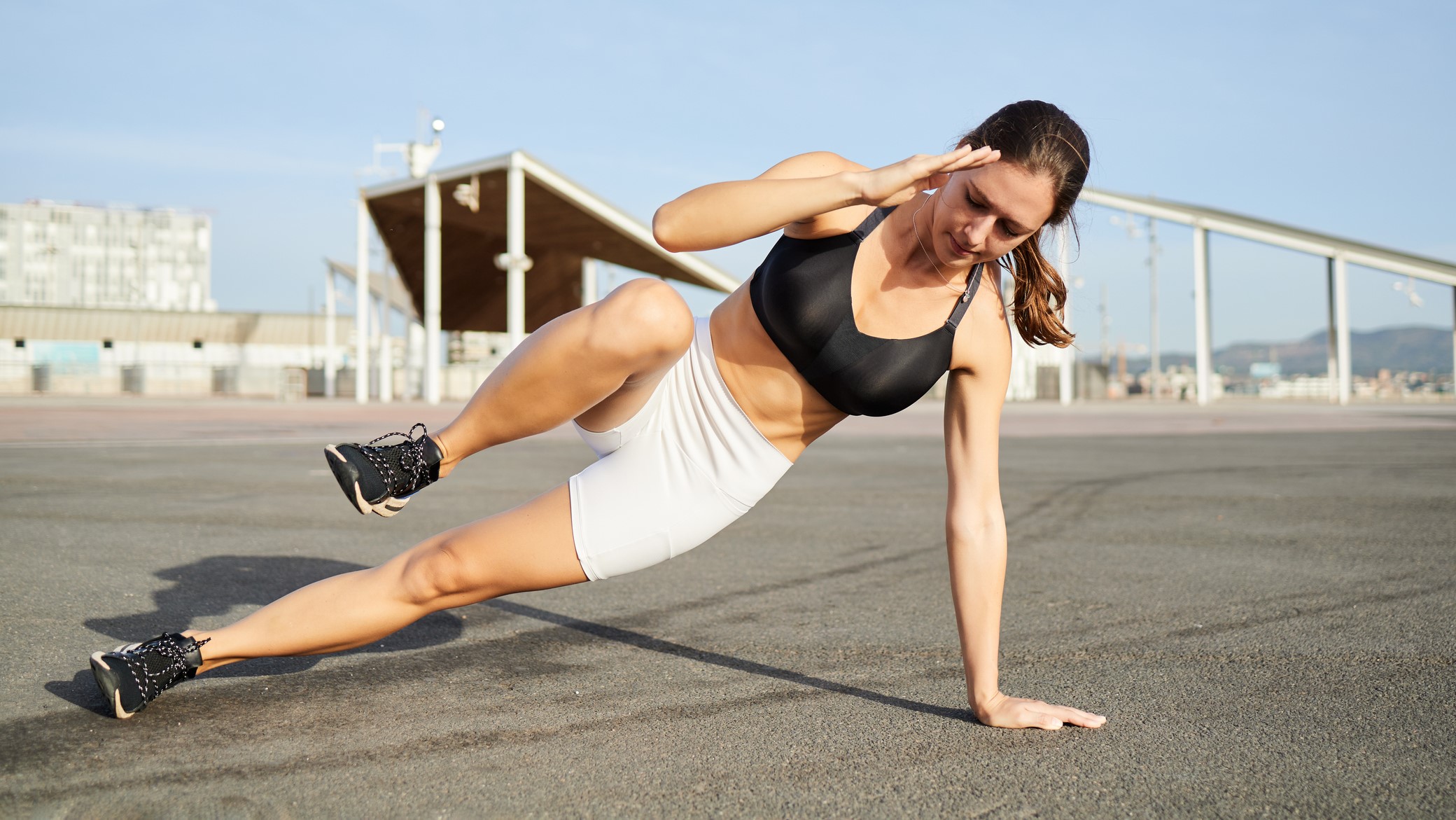
At Tom’s Guide, our fitness team loves a challenge, and crunches are no exception. We’ve already clocked up double digits when testing the best crunches and crunch variations for our tried and tested round-up of favorites.
If you’re debating sit-ups vs crunches when adding the best ab exercises into your ab routine, park the sit-ups for a moment because the benefits of crunches are many. According to Harvard research, developing a stronger core improves posture, protects you from injury and increases flexibility and range of motion, helping you perform exercises and daily movement better.
We got to work testing the best crunches to add to your abs routine, including modifications to try and when to avoid crunches altogether. Grab the best yoga mats for home workouts, and read on for our verdict.
Best crunch variations: Benefits for your core
Crunches offer plenty of variation and ways to modify, making it an accessible core strengthening exercise for most people. But you might want to check with a medical professional or personal trainer before starting them if you’re unsure.
Some crunch variations target the oblique muscles through lateral flexion and rotation, while others hit the rectus abdominal muscles (the six-pack muscles) with flexion and extension of the spine. You’ll undoubtedly hit various other major muscles too (depending on the crunch), such as the shoulders, arms, lower back, glutes and hip flexor muscles.
That said, hundreds of crunches won’t guarantee a svelte midsection. Remember that stubborn genetics and other lifestyle factors like body fat percentage and diet play a part. Here are 5 reasons you can’t see your abs yet despite working out.
In the meantime, these are the 10 best crunches for helping you build stronger core muscles from the gym or at home.
Get instant access to breaking news, the hottest reviews, great deals and helpful tips.
10 best crunches to sculpt stronger core muscles without weights
We’ve rounded up the best crunch variations, tried and tested by our fitness team for at least one week before adding them to the list. Here they are.
1. Traditional crunches
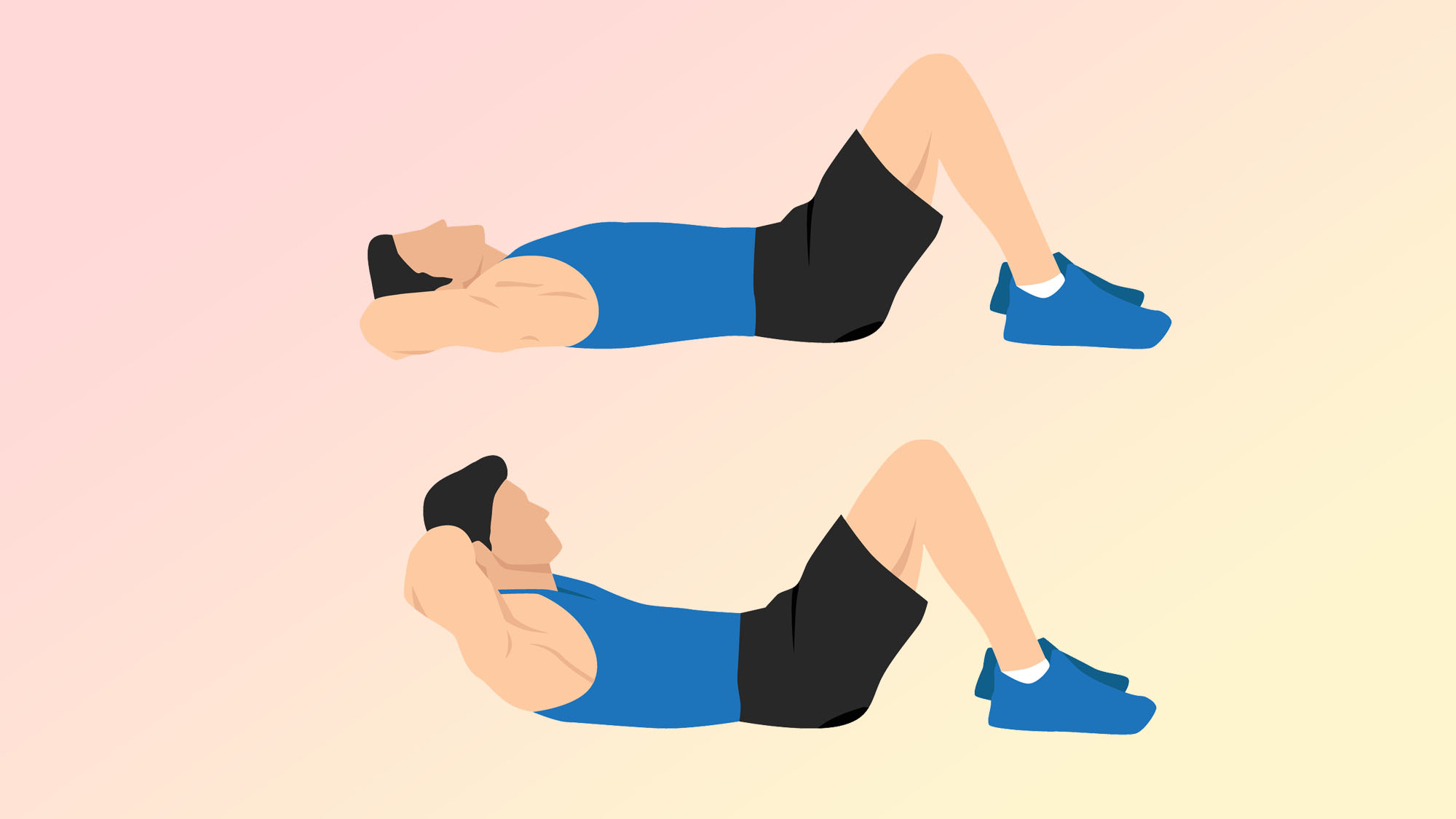
Perhaps the most well-known crunch is the “traditional” crunch, performed on your back with knees bent and feet planted on the floor. You could extend your arms in front of you or place them above your head; we cover these crunches and the benefits here.
The move primarily hits your rectus abdominal muscles and activates the back and hip flexors. Strengthening these muscles could improve posture and help protect your lower back.
2. Captain's Chair crunches
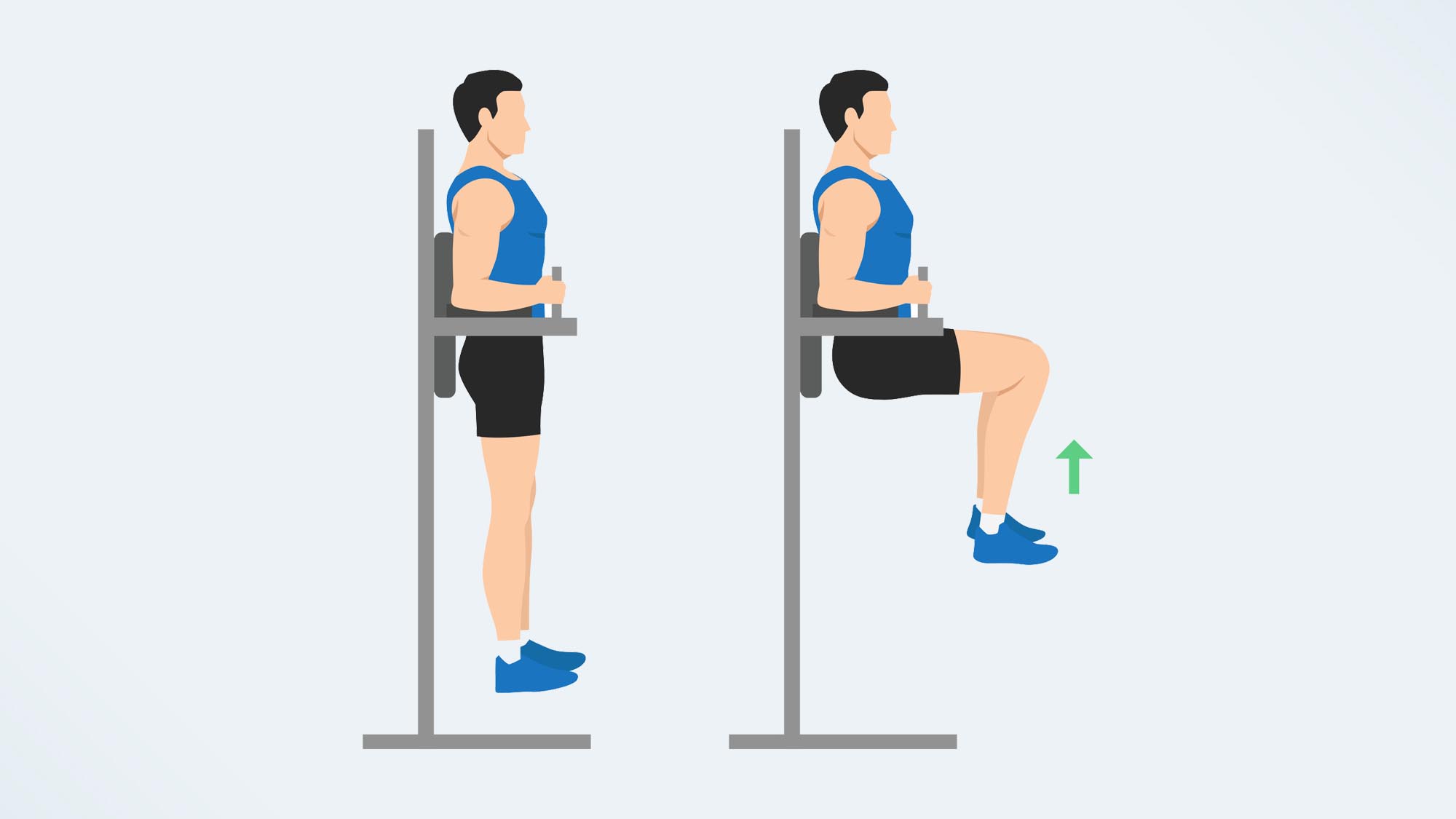
Captain’s Chair crunches work nearly all the muscles that make up your midsection. Research by the American Council of Exercise tells us this crunch variation is one of the best core exercises to work the obliques and the rectus abdominis. But it’s surprisingly an arm workout too, as you press into the armrest to hold your body weight.
Our writer did 50 Captain’s Chair crunches every day for a week, and here’s what happened.
3. Tabletop crunches
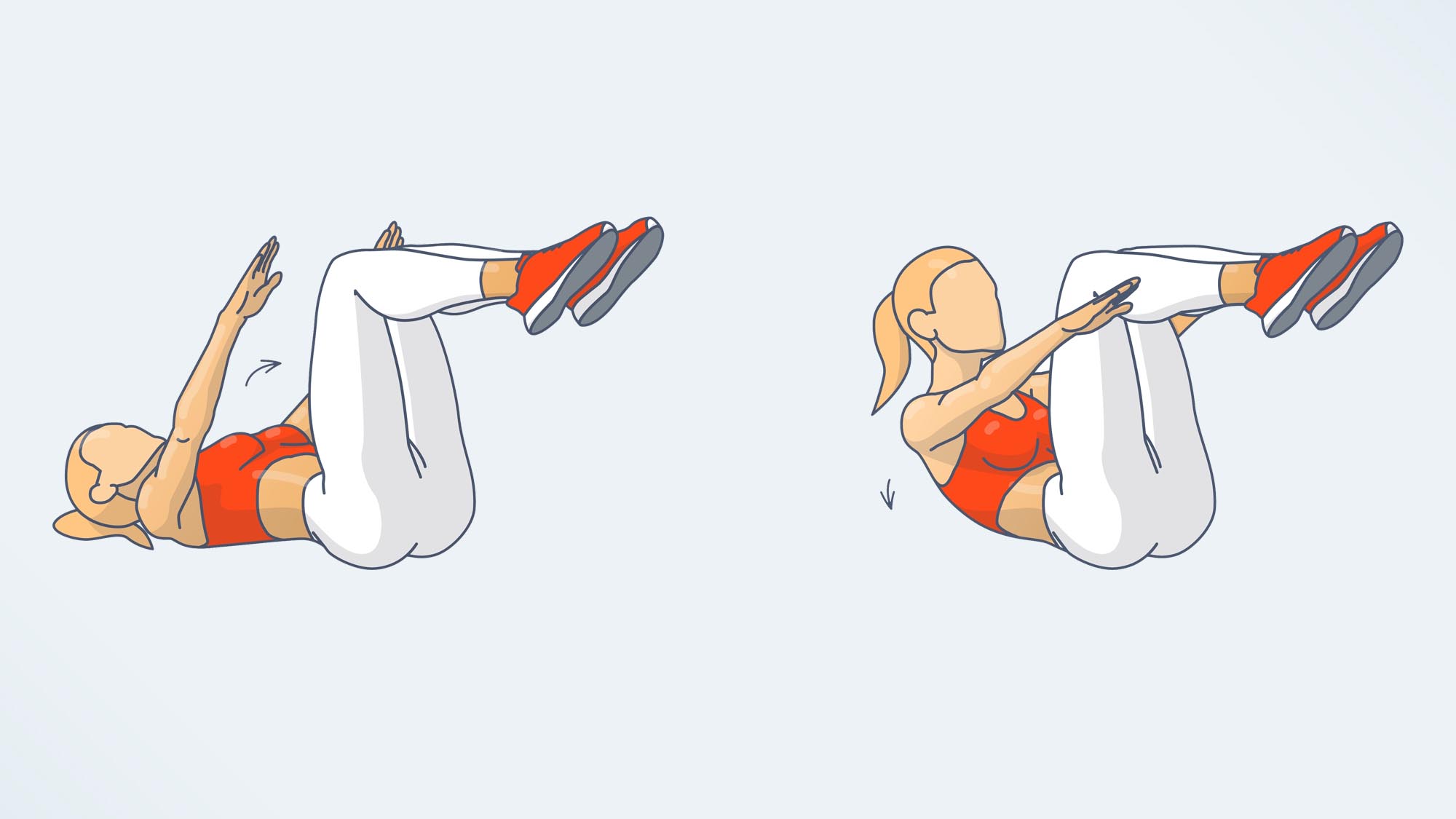
One for the lower abs; our fitness writer rated this crunch highly for hitting those deeper core muscles. The tabletop tests your abs, especially the lower abs because your legs stay raised. The raised leg position also works your hip flexors, and it’s the perfect leveler if you’re used to working your upper abs or obliques. One writer did tabletop crunches every day for a week and detailed the results here.
4. Standing oblique crunches
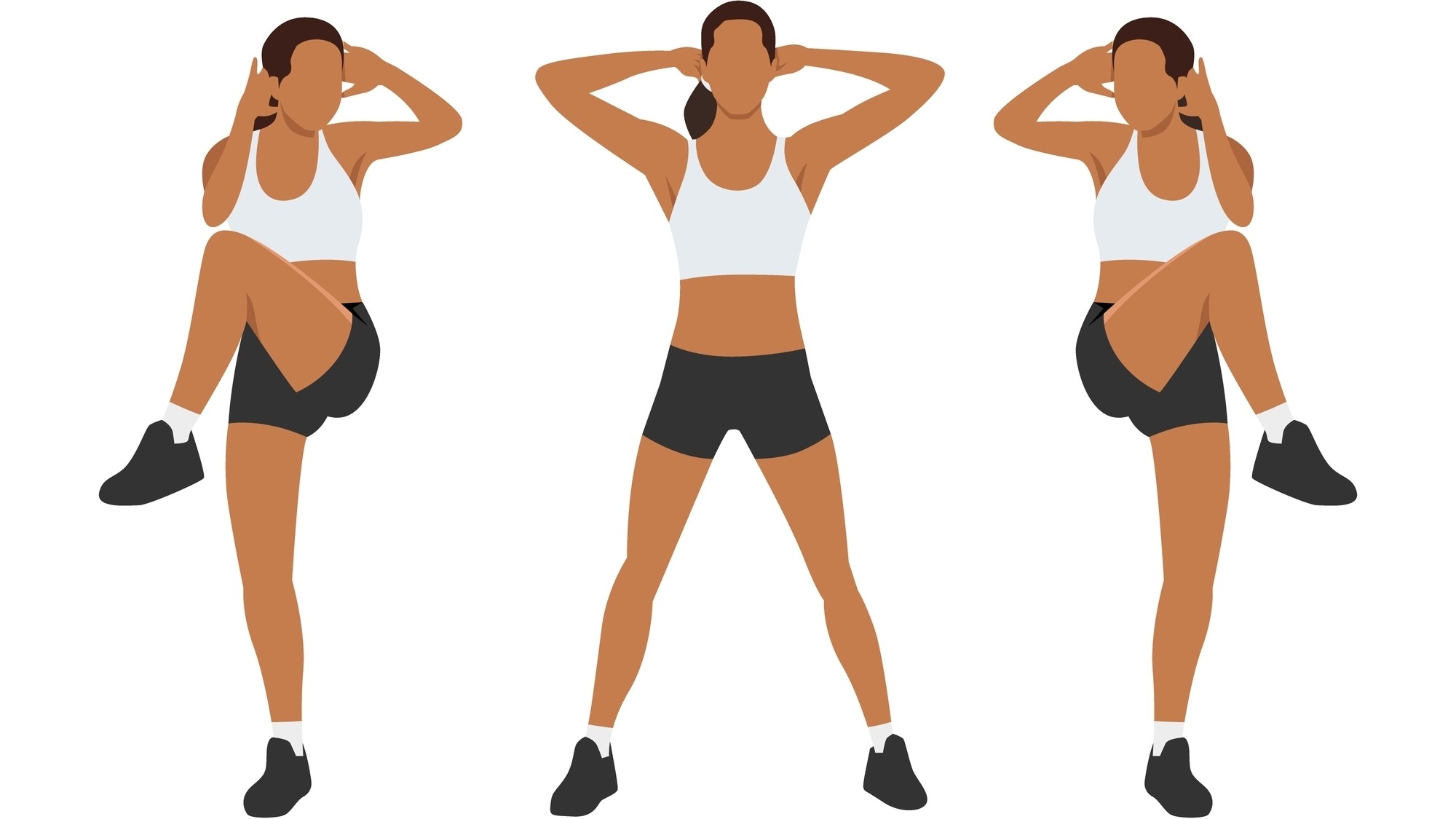
Say hello to a different type of side burn. As the name suggests, the crunch variation hits the oblique muscles that run down the sides of your waist using lateral flexion — or side crunching.
The standing oblique crunch requires balance, and standing ab exercises are often less stressful on the lower back. One of our fitness writers recommends adding the best ankle weights to deepen the muscle activation for this one, but it’s a great ab exercise for beginners using just body weight.
Here’s what happened when we tried 50 standing oblique crunches every day for a week.
5. Vertical leg crunches
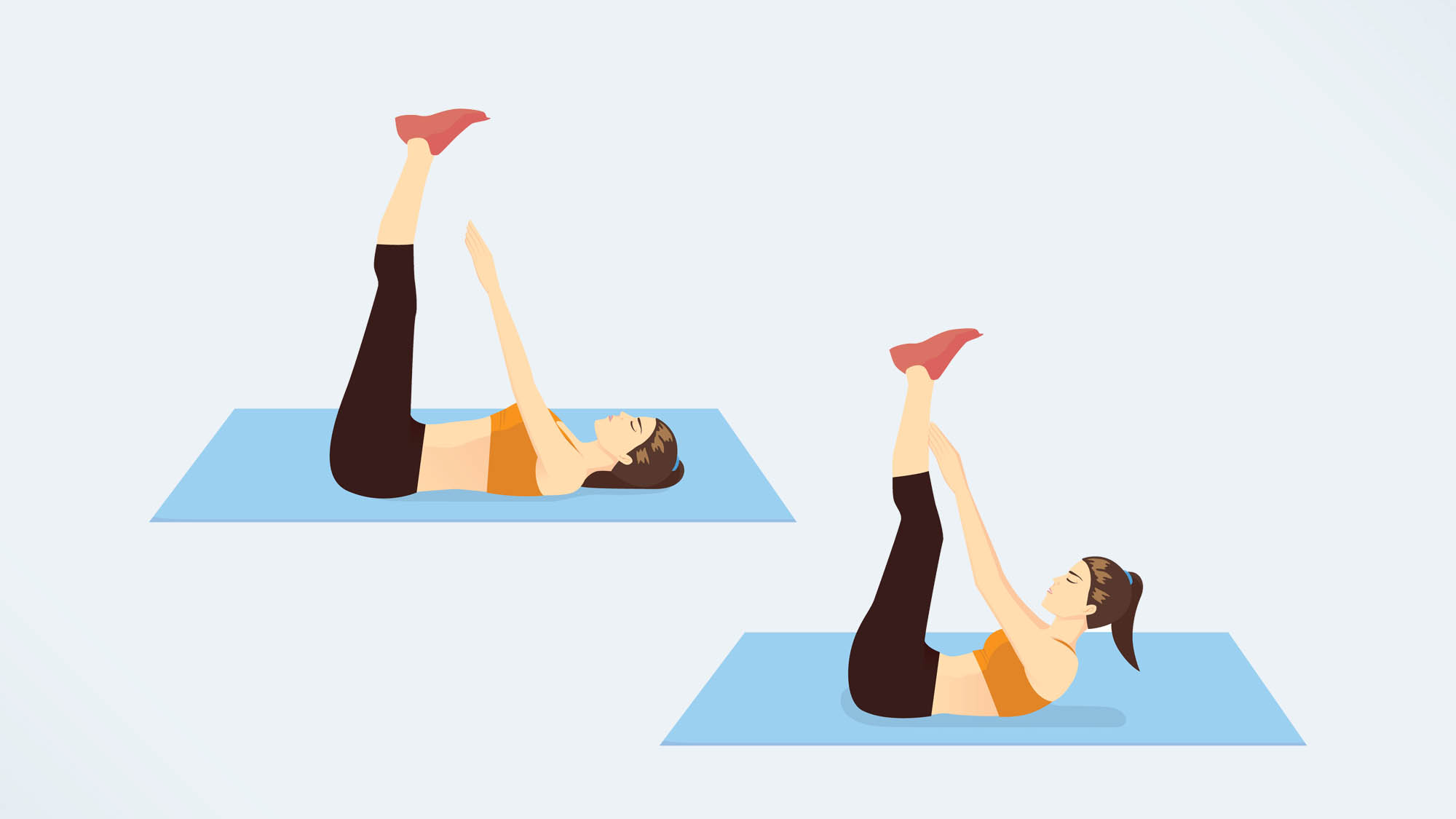
Our editor detailed a simple fix to boring crunches — raise your legs to the ceiling and hit the vertical leg crunch variation instead. The change in leg position targets more of your midsection muscles while still supporting your lower back. You’ll also hit the deeper transverse abdominal muscles, internal and external obliques and lower back muscles. Here’s what happened when we did vertical leg crunches every day.
6. Bird dog crunches
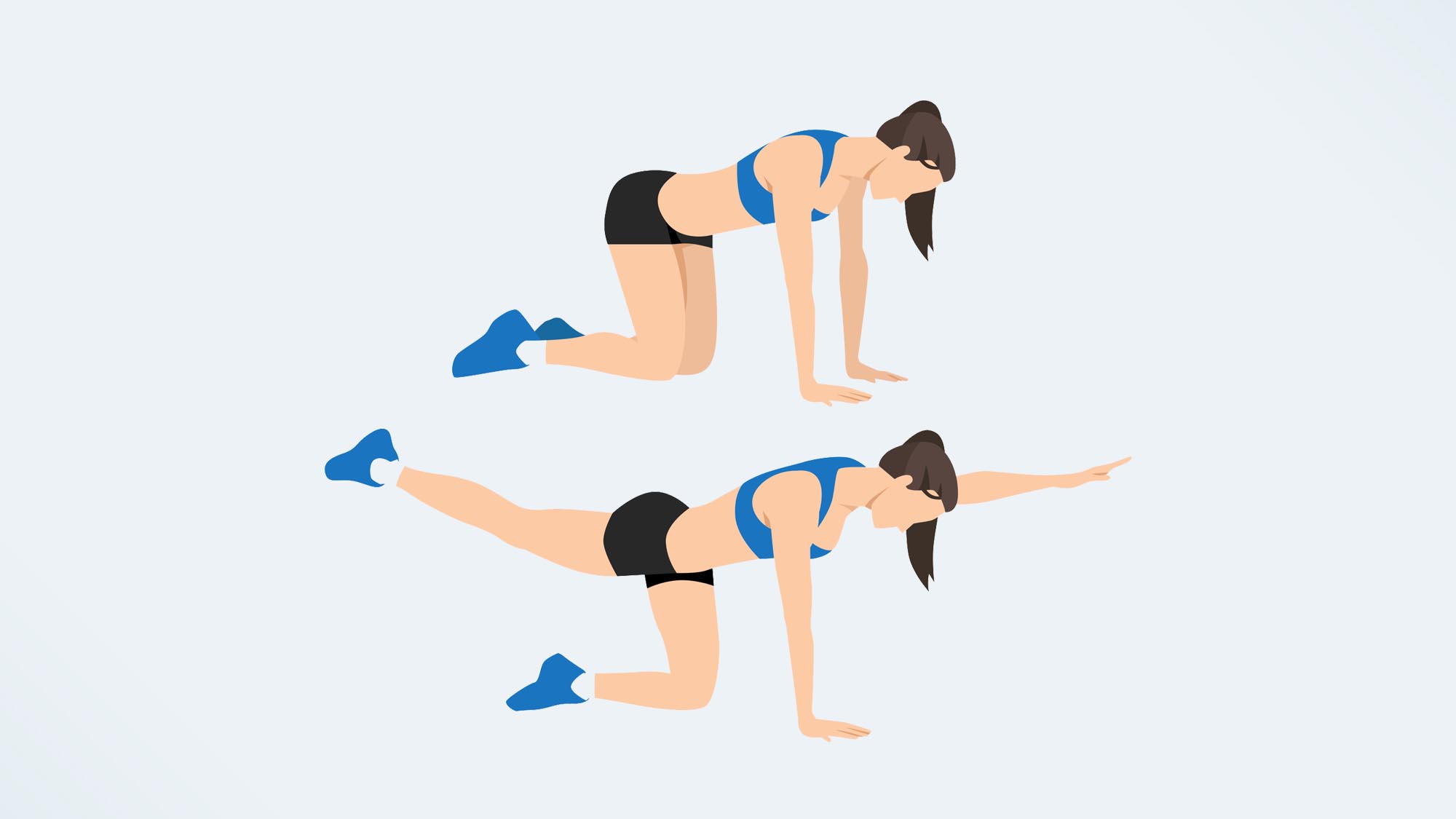
The core exercise targets the erector spinae, glutes, hamstrings, upper back, deltoids, rectus abdominis, obliques and deeper core muscles. We’ve covered how to do a bird dog and what happens when you do 100 bird dog crunches every day for a week. Spoiler — it’s tough.
The anti-rotation exercise tests stability, coordination and balance, making it a brilliant core builder. The move also hits the posterior chain muscles located down the back of the body while remaining low impact.
7. Butterfly crunches
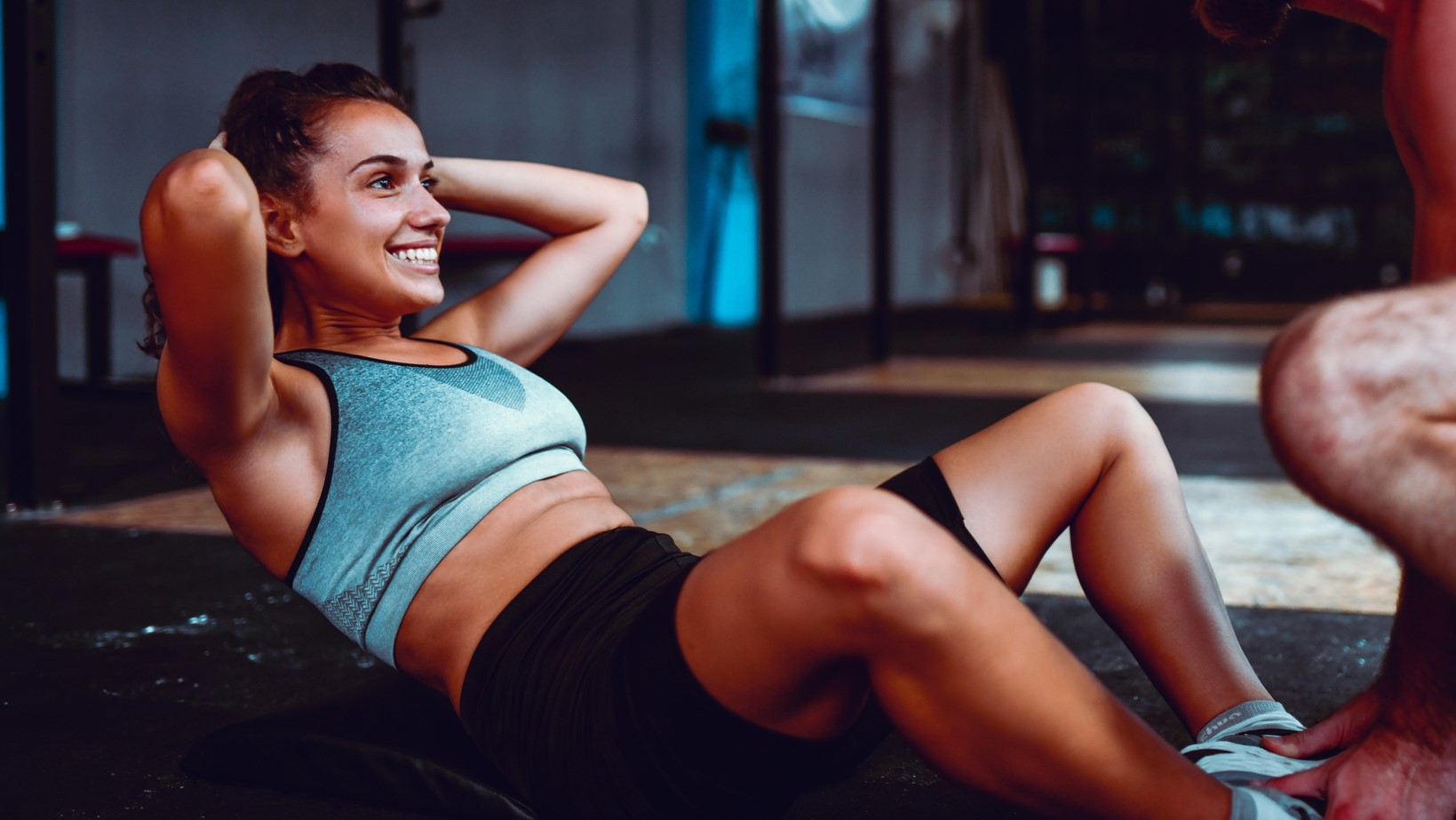
During butterfly crunches, position the soles of your feet together, then open your knees to the sides. The open leg position removes the emphasis from the hip flexors and targets your obliques, abs and inner thighs. You can also benefit from a gentle groin stretch — ideal for anyone sitting down all day.
To make the move harder, place both hands behind your head or fold them across the chest to make it easier. Try lifting your feet off the floor to generate extra fire in your core.
8. Bicycle crunches
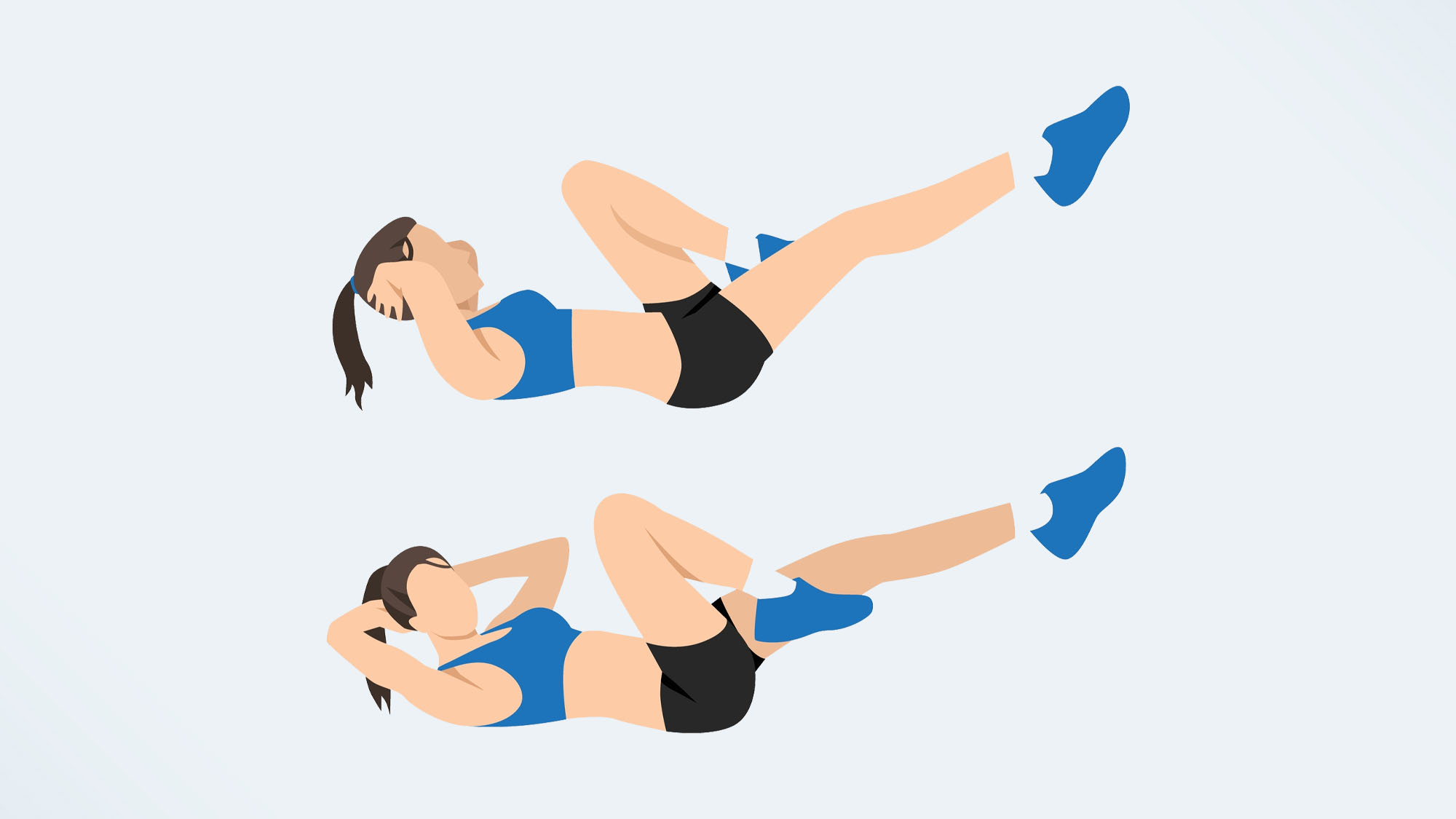
It’s a classic for a reason, and learning how to do bicycle crunches will help you target your oblique muscles more effectively. According to the American Council on Exercise, bicycle crunches are one of the most effective exercises for your midsection. As mentioned above, gentle rotational exercises like this one hits the muscles down your waist while supporting your lower back.
9. Reverse crunches
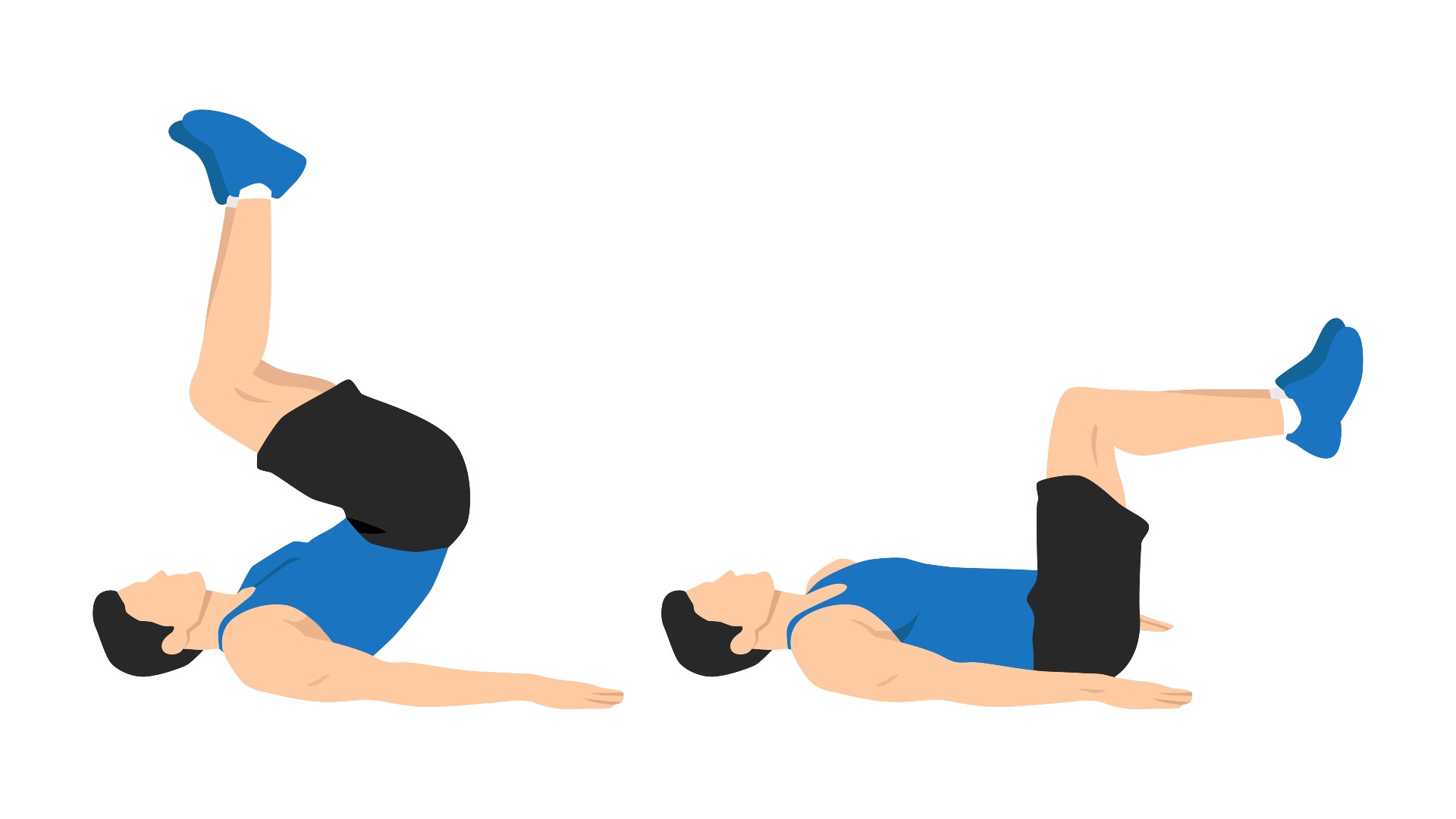
Hit reverse on the standard crunch by doing it backward. Why not? We can tell you that doing the exercise this way — drawing the legs toward the head and upward, then back down — helps activate deeper core muscles. Just make sure you’re not rocking your hips or losing control of the exercise, and only lift your glutes and hips as far as you can control your core muscles.
Our editor did reverse crunches every day, and here’s her verdict.
10. Side crunches
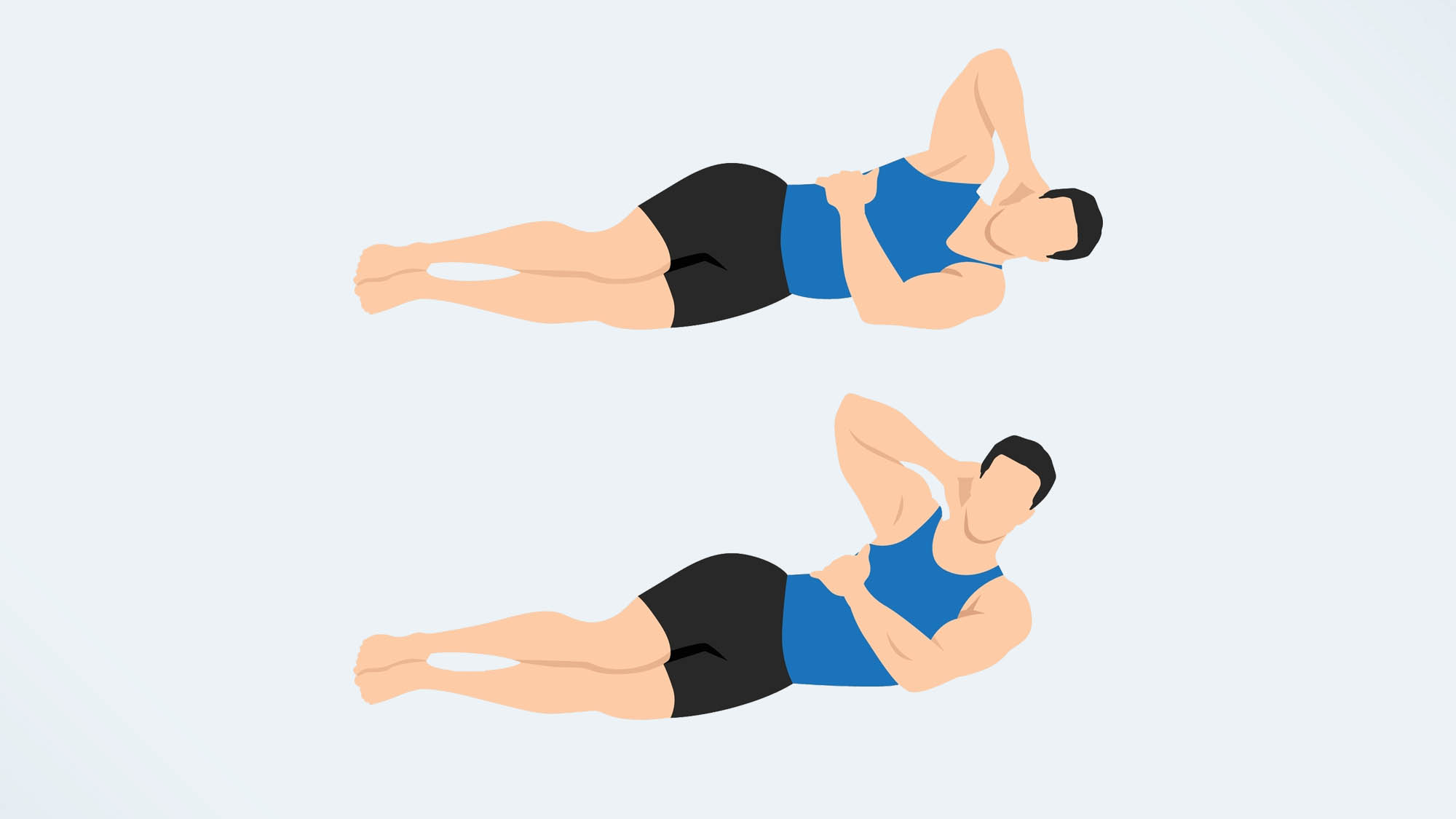
Also known as oblique crunches, the movement hits these muscles hard, and learning how to do side crunches will help you develop oblique muscles of steel. The side crunch involves laying on your side and drawing your elbow toward your top hip. To progress the move, try holding a side plank, then draw the top elbow and knee together, which builds shoulder strength and core stability.
Our writer tried 50 oblique crunches a day for a week, and here’s what happened.
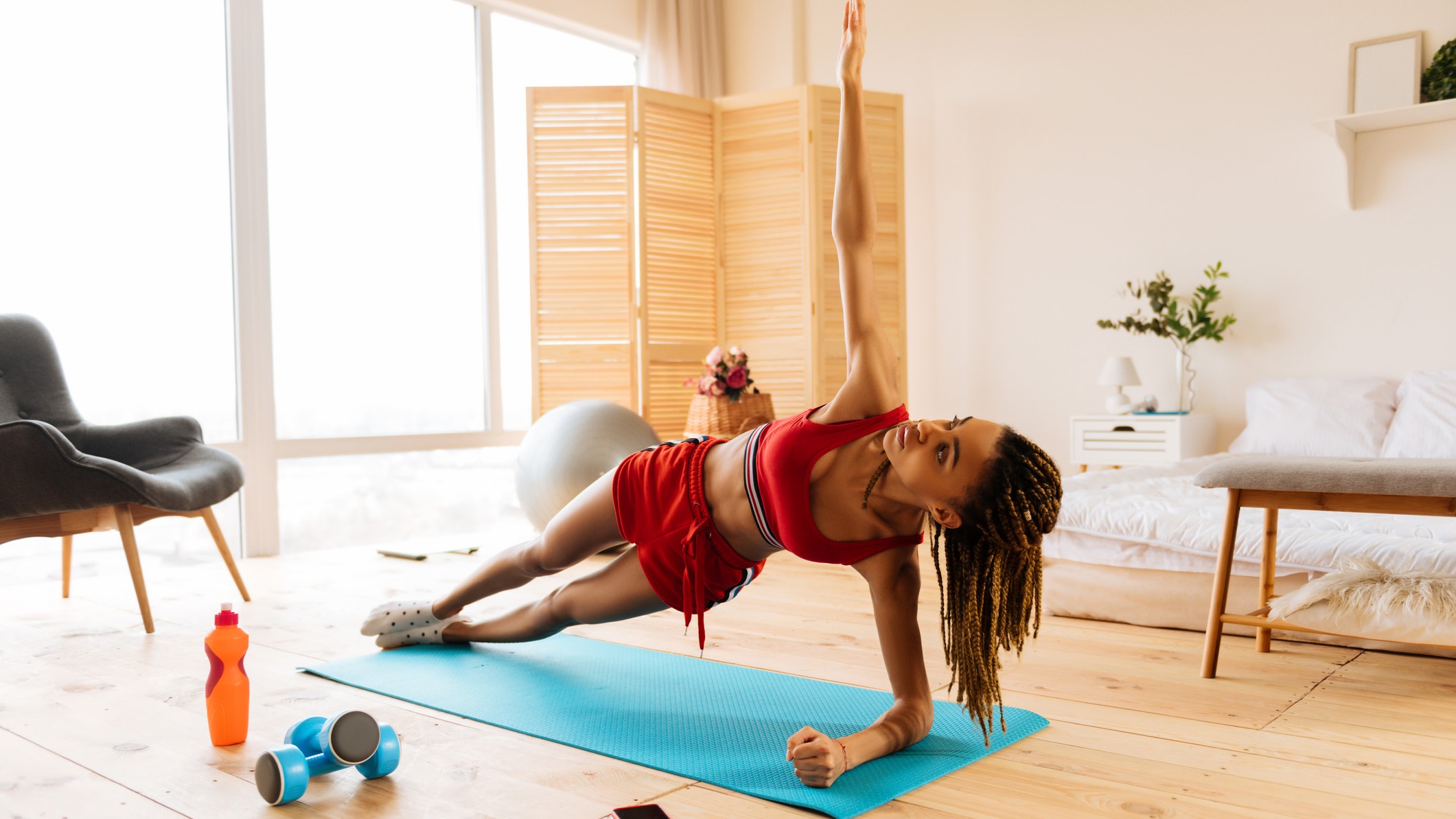
Bottom line
It’s a common misconception that crunches just work your abs. Your core muscles are a complex network of external and internal muscles that help support and generate movement. Unlike the traditional crunch, the best crunch variations and best ab exercises work the body in multiple planes of motion, meaning you can change the emphasis on the muscles worked.
By learning to recruit your core as a unit, you could build a more robust engine that helps you lift heavier and coordinate better.
More from Tom's Guide
- I did 50 windshield wipers every day for a week
- Crunches: How to do them and 3 variations for your abs workout
- Running vs swimming: Which burns more calories?

Sam Hopes is a level 3 qualified trainer, a level 2 Reiki practitioner and fitness editor at Tom's Guide. She is also currently undertaking her Yoga For Athletes training course.
Sam has written for various fitness brands and websites over the years and has experience across brands at Future, such as Live Science, Fit&Well, Coach, and T3.
Having coached at fitness studios like F45 and Virgin Active and personal trained, Sam now primarily teaches outdoor bootcamps, bodyweight, calisthenics and kettlebells.
She also coaches mobility and flexibility classes several times a week and believes that true strength comes from a holistic approach to training your body.
Sam has completed two mixed doubles Hyrox competitions in London and the Netherlands and finished her first doubles attempt in 1:11.
